8 Mistakes Everyone Makes With Leftovers
Leftovers are a great way to save time and reduce food waste, but many of us make mistakes when storing them. From improper storage methods to not reheating them properly, these common missteps can lead to food that’s less tasty or even unsafe. Understanding how to handle leftovers correctly is key to making them last longer and keeping their flavors intact.
This post may contain affiliate links, which helps keep this content free. Please read our disclosure for more info.
Storing Leftovers in the Wrong Containers
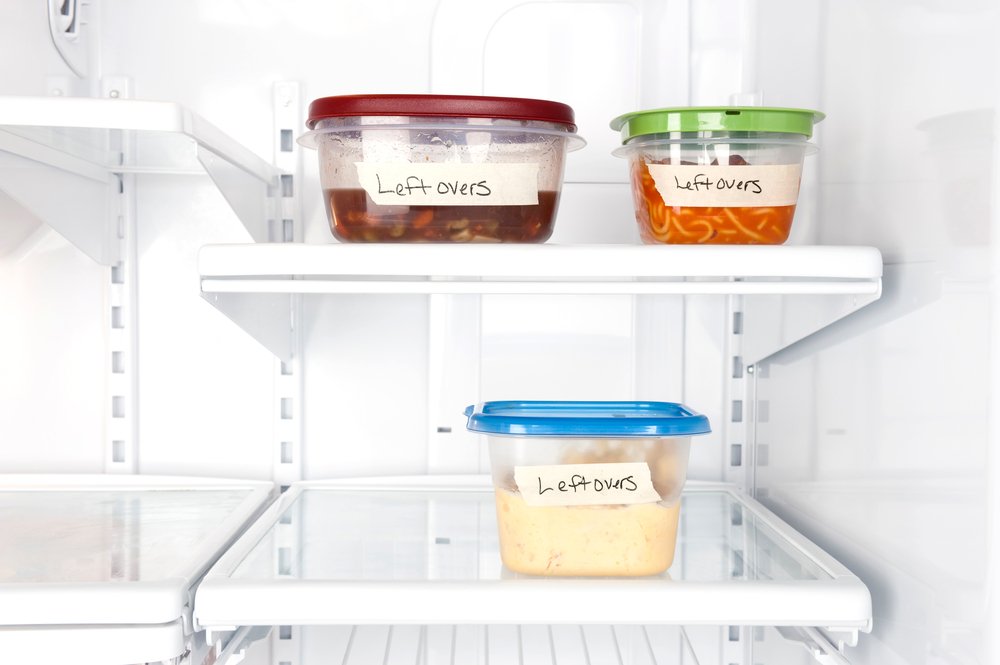
Many people make the mistake of using plastic containers that are not airtight for storing leftovers. Without proper sealing, moisture can escape, leading to soggy or dried-out food. Additionally, some containers may stain or retain odors from previous meals, which can affect the taste of your leftovers. To keep food fresh and preserve its flavor, use airtight containers made from glass or BPA-free plastic.
It is also important to make sure the containers are the right size for the amount of food. Overcrowding a container can cause uneven cooling, which may result in bacterial growth. By using the proper container size and sealing the food correctly, your leftovers will stay fresh for a longer time.
Not Letting Leftovers Cool Properly
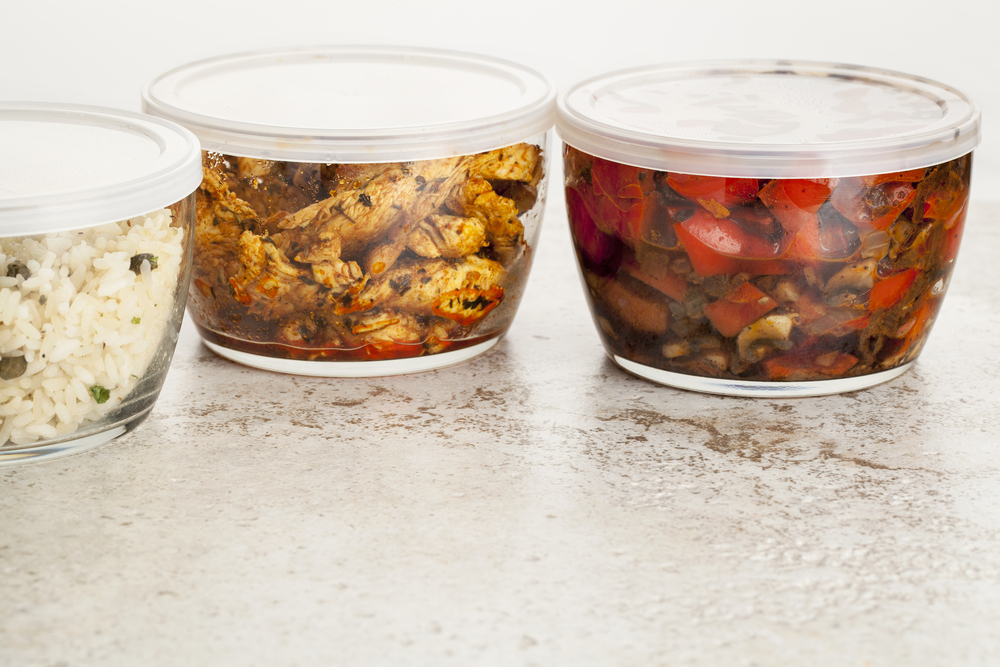
One common mistake is putting hot food directly into the refrigerator without allowing it to cool first. This can raise the temperature inside the fridge, making it unsafe for other food items. Additionally, storing food while it is still too hot can cause condensation, leading to sogginess. Always let your leftovers cool to room temperature before refrigerating to maintain freshness and prevent bacterial growth.
Cooling leftovers properly also helps preserve the taste and texture of the food. If food is put away while it is still hot, the steam can form moisture inside the container, which could cause the food to spoil faster. The key is to cool food quickly and store it properly.
Reheating Leftovers Too Many Times
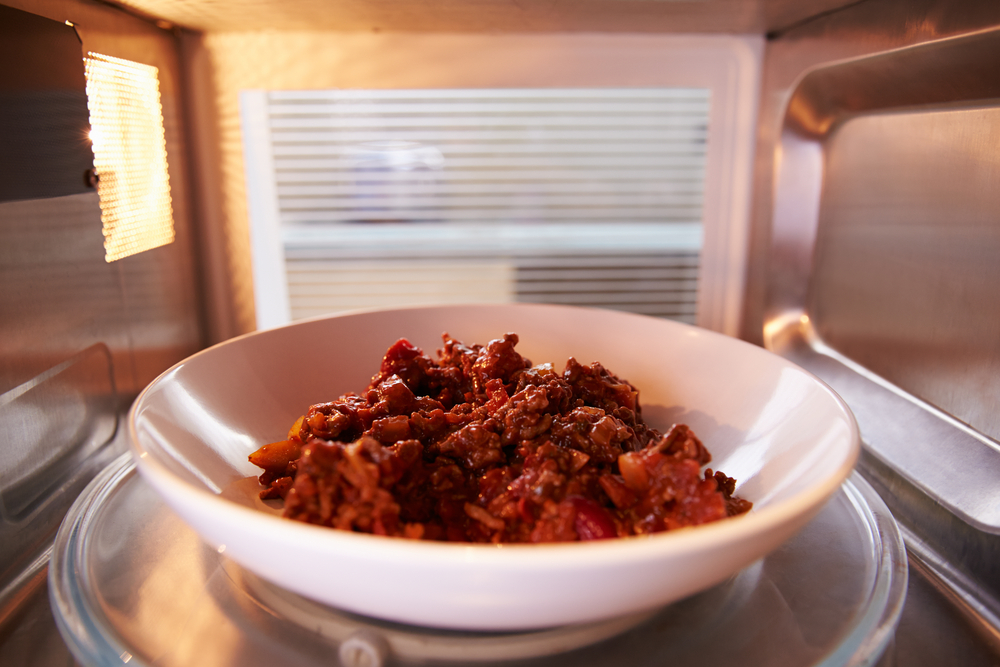
Reheating leftovers multiple times is a mistake many people make without realizing the consequences. Each time food is reheated, it loses moisture and flavor, resulting in dry and tasteless meals. Furthermore, reheating leftovers too often can also compromise food safety, as it increases the risk of bacterial growth. To keep your meals fresh and flavorful, it is best to reheat only the portion you plan to eat.
It is a good idea to store your leftovers in individual portions to avoid reheating the entire batch. This way, you can reheat only what you need and keep the rest of your food safe. By limiting the number of times leftovers are reheated, you can maintain the quality and safety of your meals.
Not Labeling Leftovers
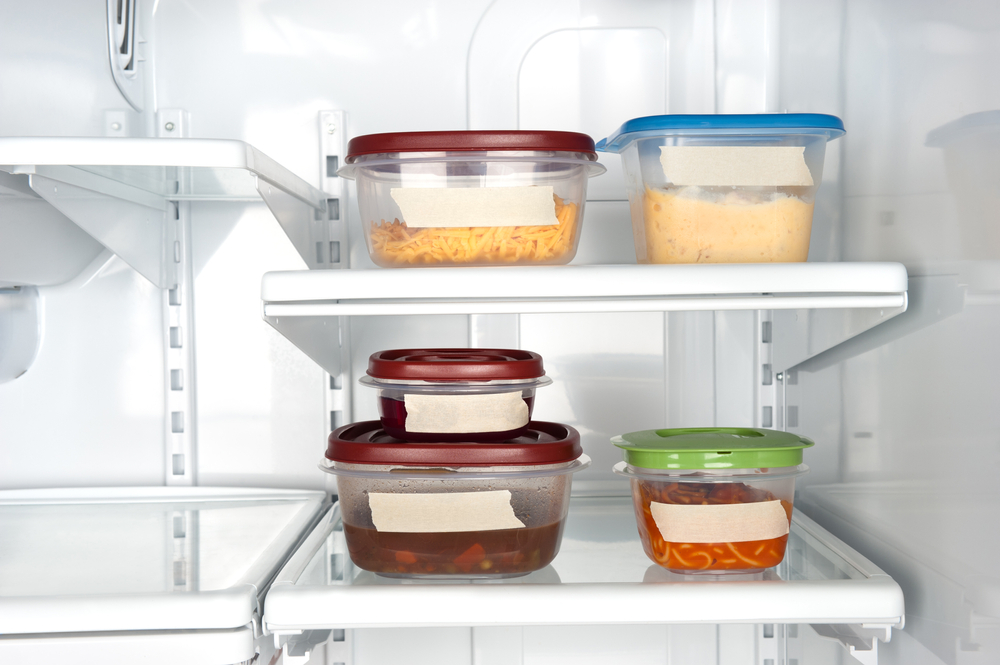
Another mistake is forgetting to label your leftovers before storing them. When food is not labeled, it becomes easy to forget when it was made, and this can lead to eating old food that is no longer safe. Labeling with the date of preparation ensures that you consume your leftovers within a safe timeframe. It also helps you keep track of what you have and avoid throwing out food that has been sitting too long.
Proper labeling also helps prevent confusion when storing various leftovers in the same fridge. You can use simple masking tape or a label maker to mark the date and contents. This small step can save you from accidentally consuming spoiled food.
Leaving Leftovers in the Fridge Too Long
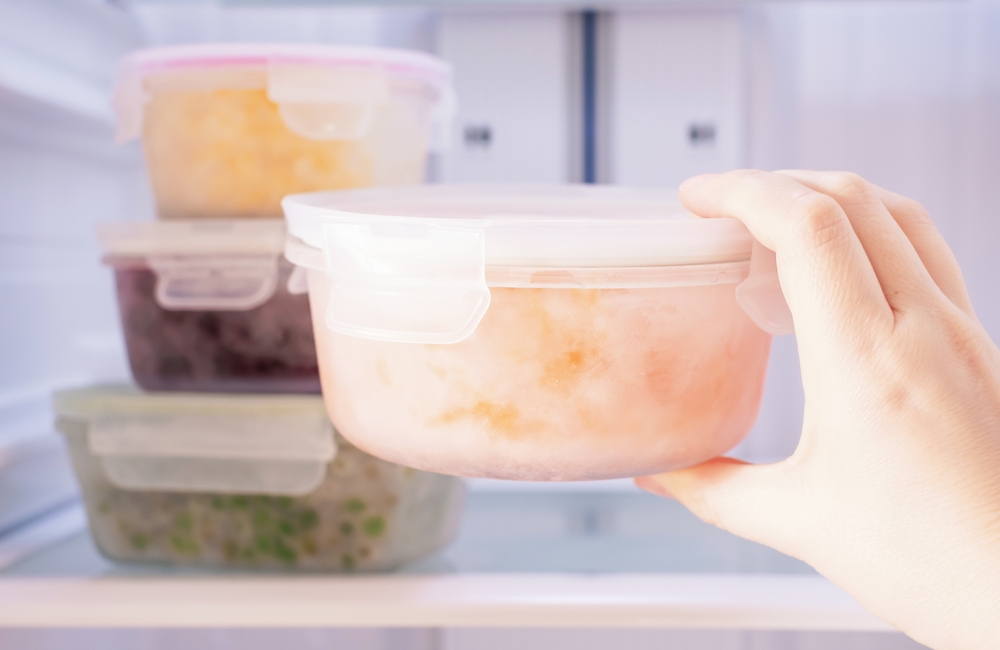
Even with proper storage, leftovers do not last forever. A common mistake is leaving food in the fridge too long, thinking it will stay fresh. Leftovers should be consumed within three to four days to ensure they remain safe to eat. After this time, bacteria may begin to grow, increasing the risk of foodborne illness.
Freezing leftovers is an excellent solution if you are not planning to eat them right away. Freezing can extend the shelf life of many dishes, allowing you to enjoy them at a later time without worrying about spoilage. Always remember to label frozen leftovers as well to keep track of when they were stored.
Not Using Leftovers Creatively
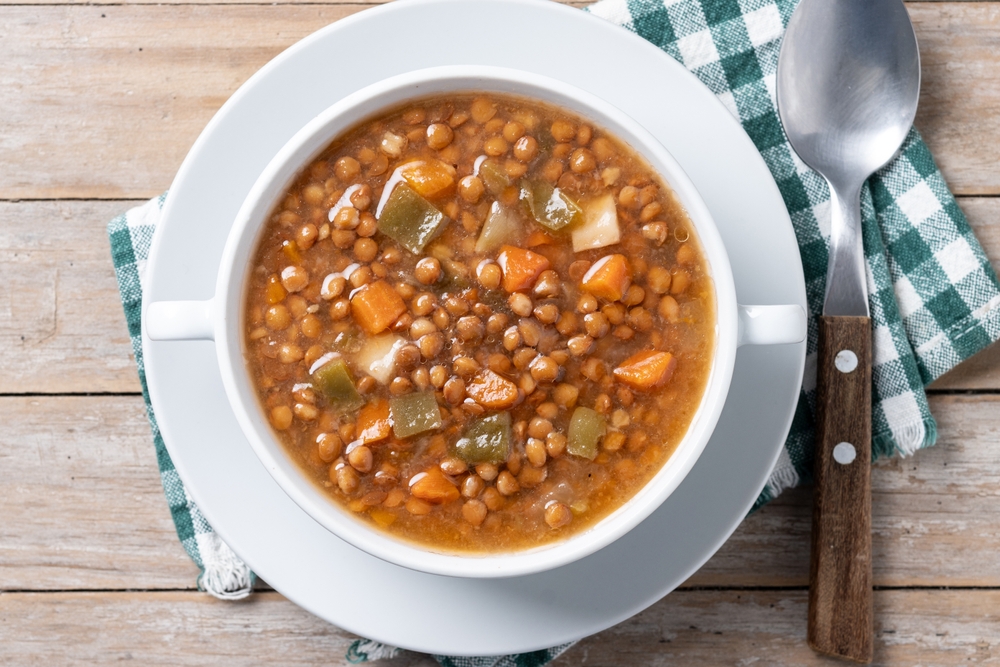
Leftovers often get a bad reputation for being repetitive, but they can be transformed into new, exciting meals. A common mistake is not using leftovers in creative ways, leading to boredom and food waste. For example, roasted vegetables from dinner can be used in soups or salads the next day. Leftover chicken can be shredded and used in tacos, sandwiches, or wraps.
Think of leftovers as an opportunity to experiment with new flavors. Adding sauces, spices, or mixing them with fresh ingredients can completely change their taste. By getting creative with leftovers, you can avoid food fatigue and enjoy new meals without extra effort.
Storing Different Foods Together
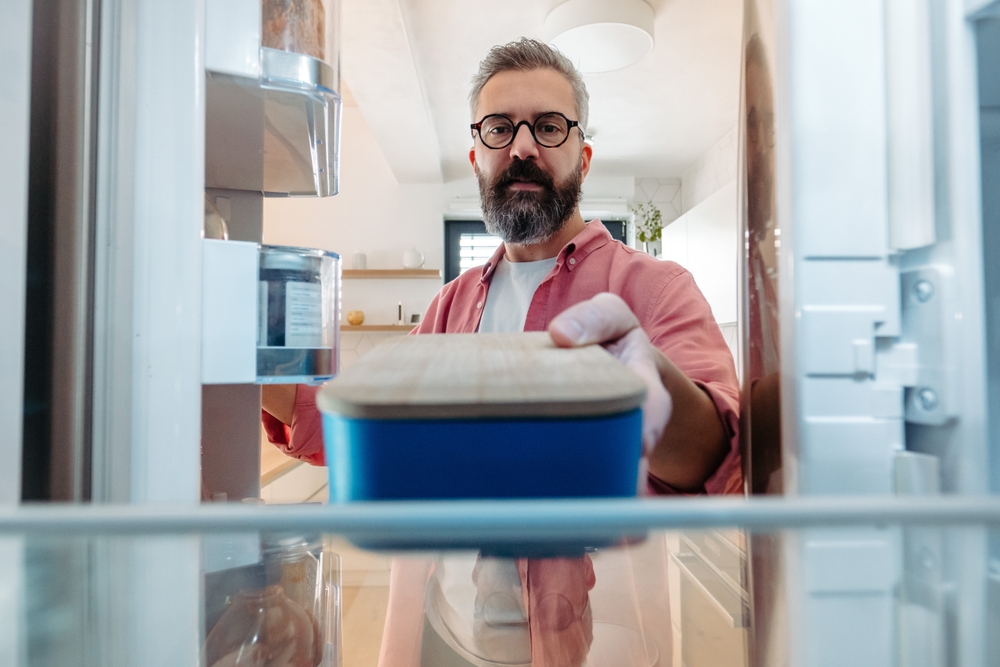
Storing leftovers of different types of food in the same container can lead to flavor contamination. For instance, storing fish next to a strong-smelling dish like curry could cause the fish to absorb unwanted flavors. Similarly, acidic foods like tomatoes can alter the taste of milder dishes. To avoid this, always store foods separately in containers that are sealed properly.
This also applies to food safety. Certain foods may have different shelf lives, and keeping them together can cause some to spoil faster. By keeping your leftovers organized and separated, you can maintain their quality and ensure that they remain fresh for longer.
Not Considering Leftover Food Portions
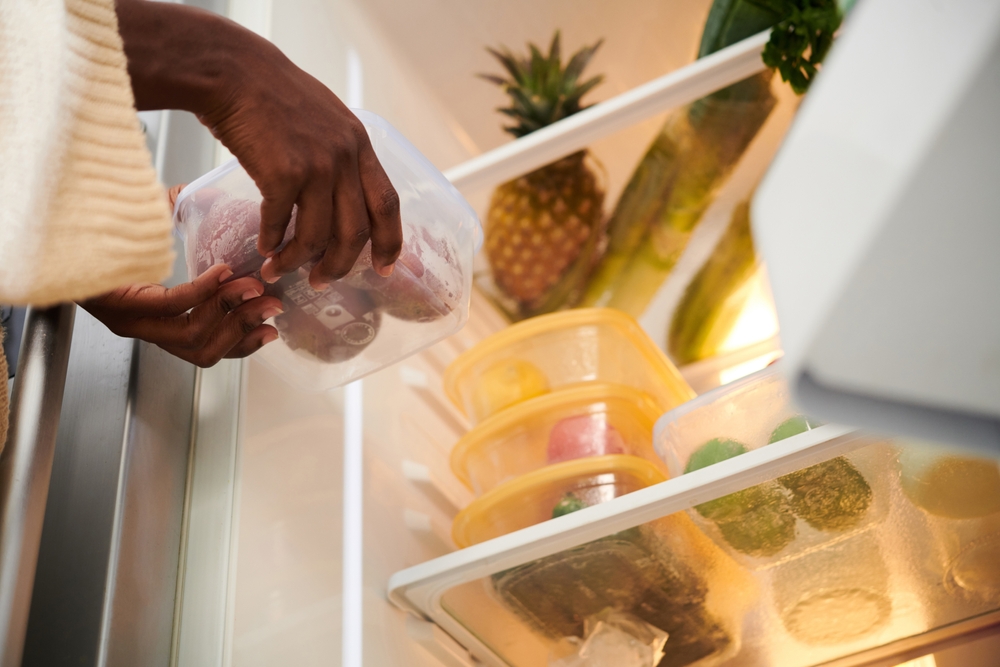
One mistake people often make is storing large portions of leftovers, which can make it difficult to eat them all before they spoil. Instead of keeping everything in one large batch, divide your leftovers into smaller portions. This makes it easier to reheat just what you need and prevents waste.
Small portions also allow for better management of your leftovers. It can be helpful to have individual containers for each serving, especially for busy days when you only need one meal. Dividing leftovers into portions will help reduce the risk of forgetting or wasting food.
This article originally appeared on Avocadu.
